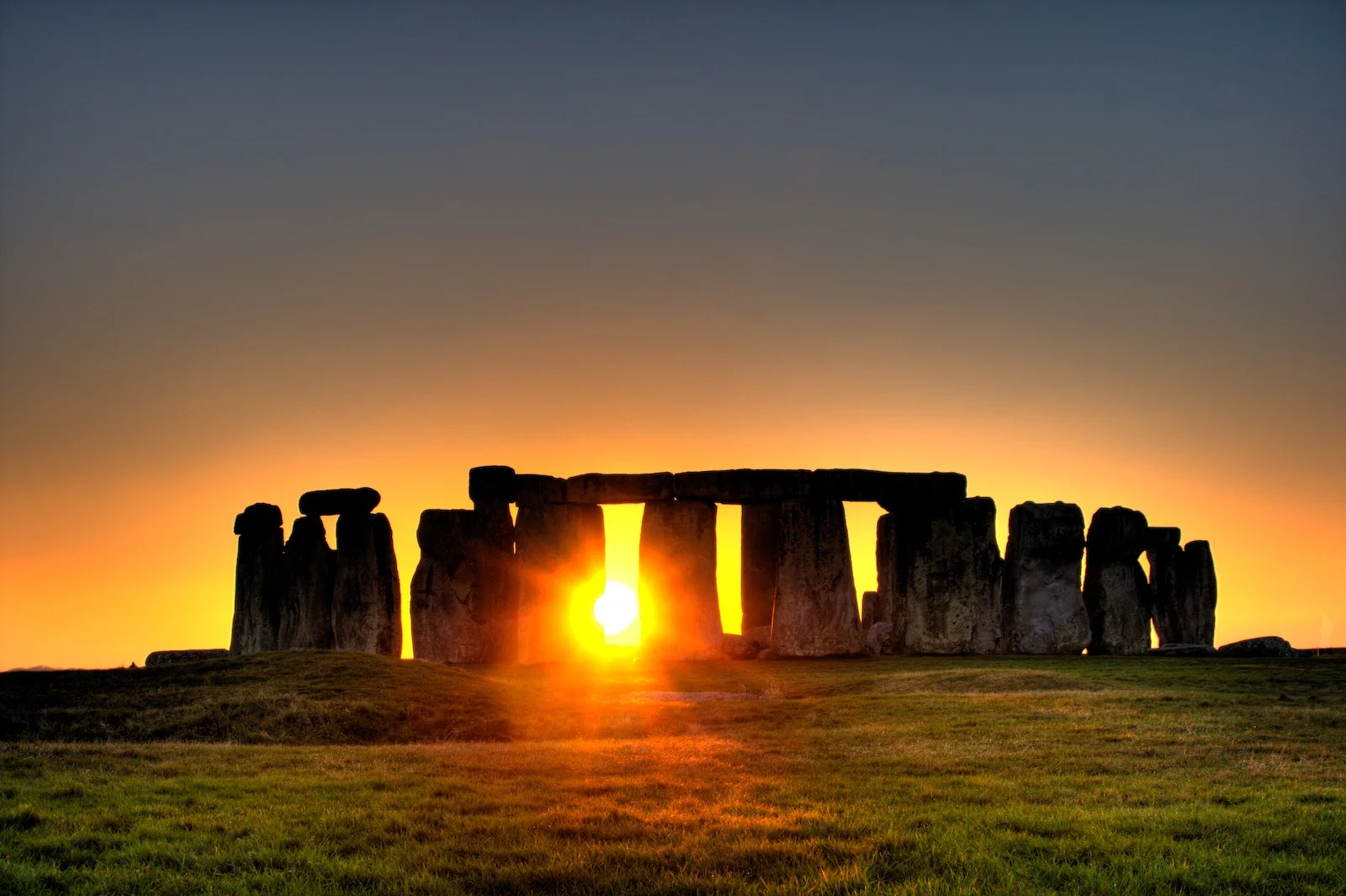The summer solstice, the longest day of the year, marks a turning point in both the calendar and human culture. For thousands of years, people across the globe have celebrated this celestial event with rituals, monuments, and myths. It’s not just a scientific milestone; it’s a glimpse into understanding how ancient civilisations viewed the sky, the seasons, and their place in the universe.
What Is the Summer Solstice?
The summer solstice occurs when the Earth’s axial tilt is most inclined toward the sun, resulting in the longest period of daylight. In the Northern Hemisphere, this typically falls around June 20th–21st.

Stonehenge and the Sun
Perhaps the most famous historical link to the solstice is Stonehenge in England. This ancient stone circle, believed to have been constructed over 4,000 years ago, aligns with the sunrise on the summer solstice. On this day, the sun rises directly above the Heel Stone, an alignment thought to hold spiritual or calendrical significance. Every year, the solstice at Stonehenge is a huge event. Thousands flock to witness the sunset the night before and the sunrise over the Heel Stone – if you want to see this yourself, make sure you get there early!

Midsummer
In Sweden and other Nordic countries, the summer solstice is celebrated with Midsummer festivals complete with dancing around the ‘maja’ or Midsummer Pole – similar to an English Maypole, wearing flower crowns, and enjoying traditional foods. It’s one of the most important and loved traditions in Sweden. These celebrations have roots in pre-Christian rituals that honoured the sun and the fertility of the land.
What’s fascinating is that across Europe, different countries have developed their own midsummer customs, some light bonfires, others celebrate saints. Over time, many of these ancient traditions have been woven into religious festivals. It’s a great example of how midsummer has evolved and been celebrated in many different ways.
It’s a lovely message to share with the children: no matter your background or beliefs, Midsummer is a moment to pause, connect, and celebrate the season together.
Ancient Americas
In Chaco Canyon (modern-day New Mexico), ancestral Puebloans built sun markers and ceremonial structures that align with the solstice sunrise and sunset. The famous Sun Dagger at Fajada Butte casts a blade of light onto a spiral carving exactly at the solstice, proof of a sophisticated solar calendar.


Egypt and the Nile
In ancient Egypt, the summer solstice was more than just a day of long sunlight it was part of a powerful cosmic calendar. Around the time of the solstice, the Egyptians would witness the rising of Sirius, also known as the “Dog Star.” This means Sirius became visible just before dawn, after being hidden in the daytime sky for weeks.
This rising was hugely significant, as it marked the beginning of the annual flooding of the Nile River. For the Egyptians, the Nile’s flood wasn’t a disaster; it was a life-giving event. The floodwaters brought rich, fertile soil to the land, making farming possible in this desert region.
The connection between the stars, the river, and the crops shaped much of Egyptian life, from their calendar to their religious festivals. Sirius was even linked to the goddess Isis, who symbolised rebirth and motherhood.
The solstice, the star Sirius, and the flooding Nile were all part of a natural rhythm that helped the Egyptians plan their agriculture, rituals, and daily life. It’s a brilliant example of how ancient people used the sky to understand the Earth, and shows just how advanced their observations were, long before telescopes or satellites.
5 Teaching Ideas for the Summer Solstice
1. Shadow Tracking (Science/History)
Have children mark a stick’s shadow on the playground throughout the day. Compare the shadow lengths to demonstrate the sun’s arc, and discuss how ancient people may have used similar techniques to measure time.
2. Build a Mini-Stonehenge
Challenge children To recreate Stonehenge using paper, clay, or cardboard and align it to the solstice using a torch “sun.”
https://www.firstpalette.com/craft/miniature-stonehenge.html
3. Create a Solstice Celebration Poster
Have students research how different cultures celebrate the solstice, then design a poster showcasing one tradition, like Swedish Midsummer.
4. Write a Solstice Myth
Invent a myth explaining why the sun stays up so long on the solstice, drawing inspiration from global folklore. Share stories in a “campfire circle” to build storytelling confidence.
5. Historical Calendar Comparison
Explore ancient calendars like the Mayan or Egyptian ones. Ask children to calculate how they align (or do not) with the modern Gregorian calendar, especially around solstice dates.
The summer solstice isn’t just an astronomical event; it’s a bridge connecting children to ancient people who looked up at the same sky and found meaning in the sun’s journey. Use this moment to dive into history, myth, and science, all while celebrating the warmth of summer and the light of knowledge.


Leave a Reply
You must be logged in to post a comment.